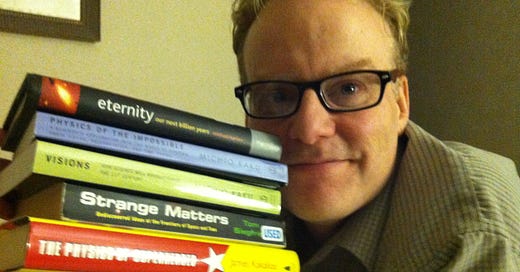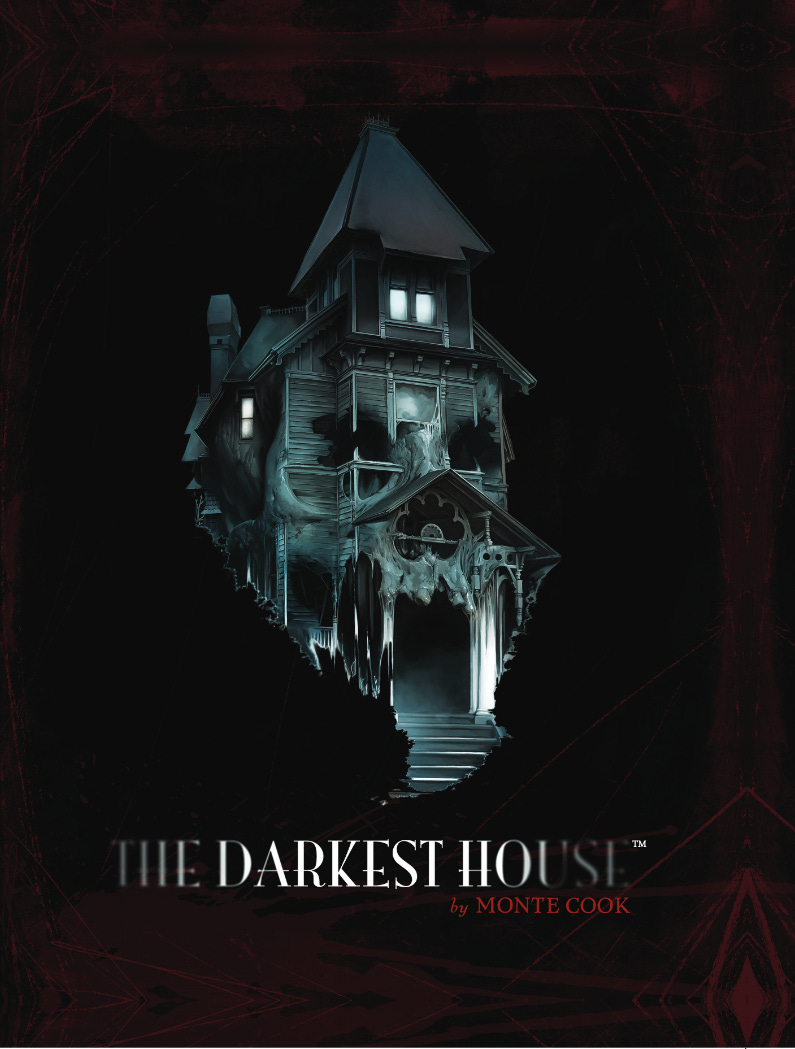When a designer sits down to work on a new project, they should be challenged. It should be difficult. When they’re done, their opinion about what a game product should be, or could be, should be altered.
A designer needs to push themselves. This gets harder the longer one designs game products. It’s so very easy to say to oneself, “Okay, I’ve done this kind of thing before. I know what an adventure/sourcebook/game system should look like. I know how they work. This will be easy.”
We may be celebrating the 50th anniversary of RPGs this year, but that’s still not a really long time when you compare it to other hobbies or (dare I say it) art forms. We’ve barely scratched the surface of what an RPG can be. We’re still innovating game mechanics. We’re still exploring the kinds of stories that make great games. We’re still trying new formats and presentations.
This is not the time for designers to rest on their laurels, and this is doubly true for well-seasoned designers. Experience shouldn’t be just used to measure what has worked previously, but what hasn’t worked as well as it could. What’s been done before. What’s been done to death.
I’ve been enjoying this anniversary year because it’s been a great time to reflect on the past, and learn new things about the history of the hobby. The birth of the hobby is so recent that we know why the first published RPG was fantasy-based. We know what the first RPG setting product was, and what the thinking behind its release was. We know all about the first published adventures, and why they didn’t come out immediately with the rules.
That’s all fascinating stuff, but all those early products show how far we’ve come. And yet, there’s still so much room for further development. I don’t necessarily mean whole new product categories (although that’s never off the table, I don’t think), but small innovations should be welcome—in fact, they should be expected.
Every time I pick up a product by another designer (and I do that a lot), I want to think to myself, “Oh, I never thought of doing it that way.” Often, when it happens, they’re small things, like putting random tables for starting equipment right in character write-ups to establish flavor like Electric Bastionland does, or more recently, the imaginative nature of the world in The Wildsea. Sure, these might be small innovations in the vast scheme of things, but that’s how it works. An art form constantly takes small steps until it’s moved well forward into brand-new territories.
But far too often, I open a PDF or crack an RPG book and just see more of the same. I remember long ago at TSR we were talking about this very subject—innovation—and one person said, “How about an adventure with a bugbear lair?” That’s not innovation. There might not have been an adventure with a bugbear lair before, but there were orc lairs and goblin lairs and a million more. Just changing the shape of a map and using some different nouns isn’t really new stuff. One easy benchmark to use to judge this is, given what already exists, could a moderately experienced GM just create this easily on their own in a short amount of time? If the answer is yes, then it shouldn’t be a product. Certainly not one that they have to pay for.
I think this philosophy is a big reason why I garnered a reputation as a weird designer. You want a dungeon? How about one that rotates on three separate wheels? You want a haunted house? How about one that converts the characters inside to a bespoke game system that is designed to showcase their impending doom?
Sure, not all of them were winners (although to be honest, I really liked those two examples and they were both successful financially). That’s also how innovation works. Trial and error.
I want every project I work on to change my definition of what an RPG product is by the end. At least a little. If I’m working on something and it’s very easy to design, that’s a signal that I’m not pushing myself enough. I’m doing it wrong.




Well, if you take that Bugbear lair and roll on one of the Weird tables, innovation follows :)
I am about to have a haunted house come into my campaign, after reading this… back to the drawing board. I’m sure I can make it more innovative!